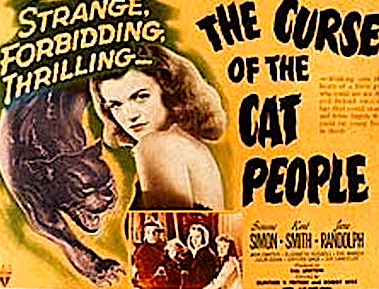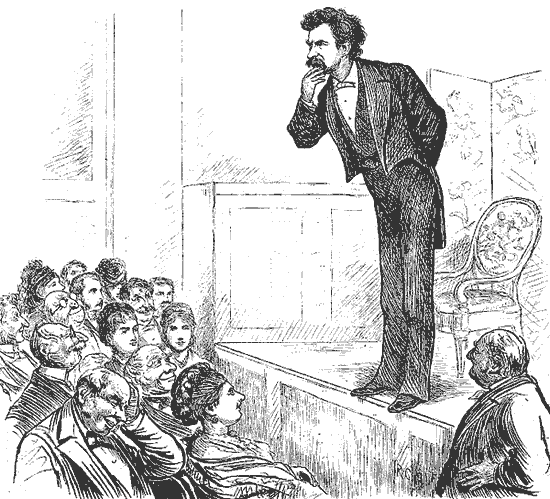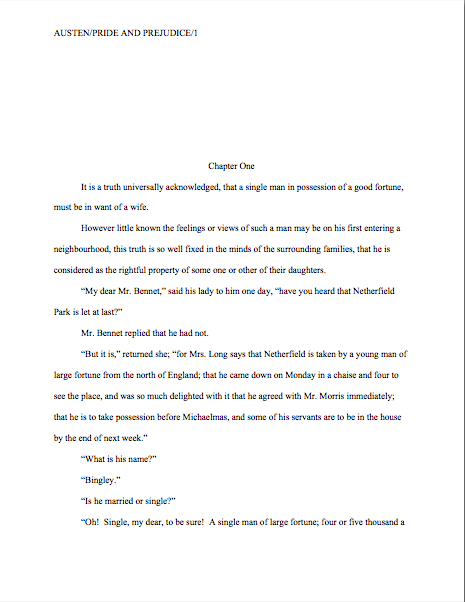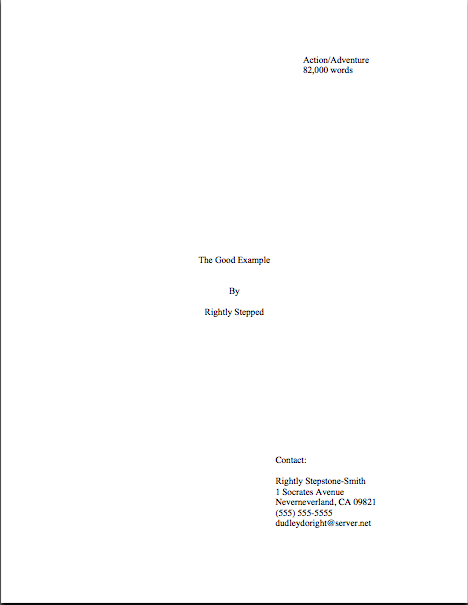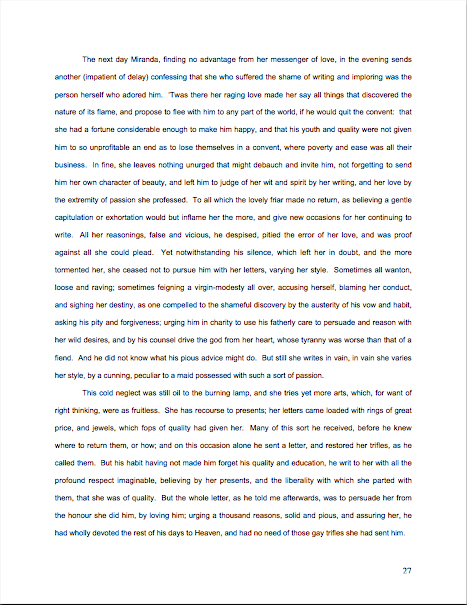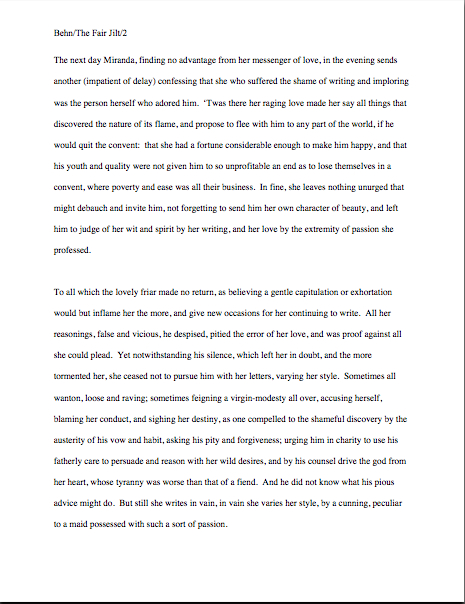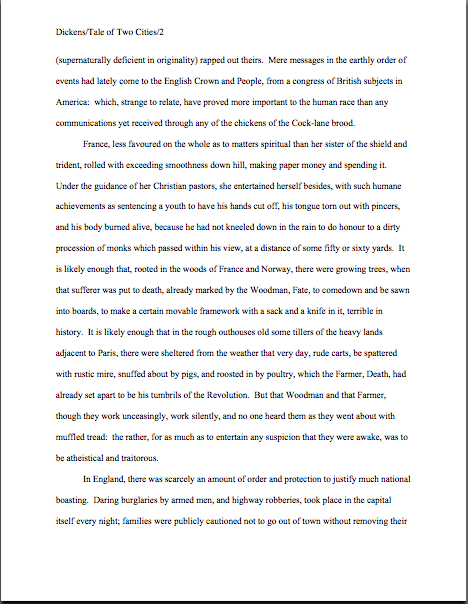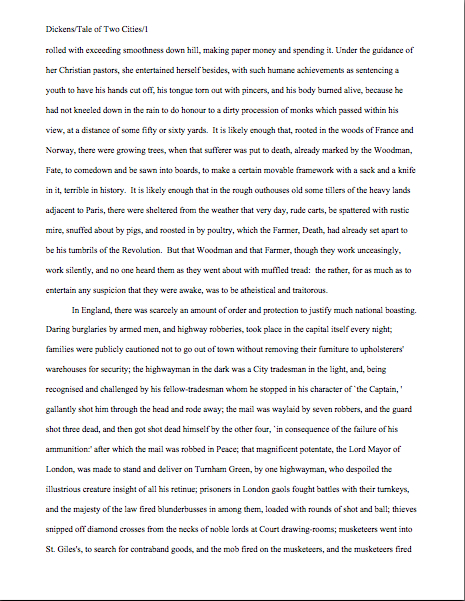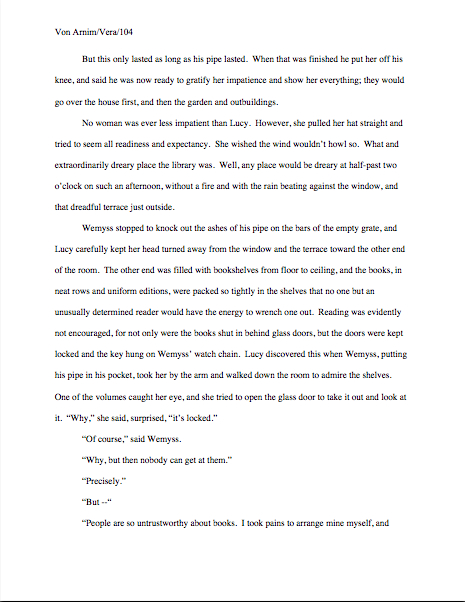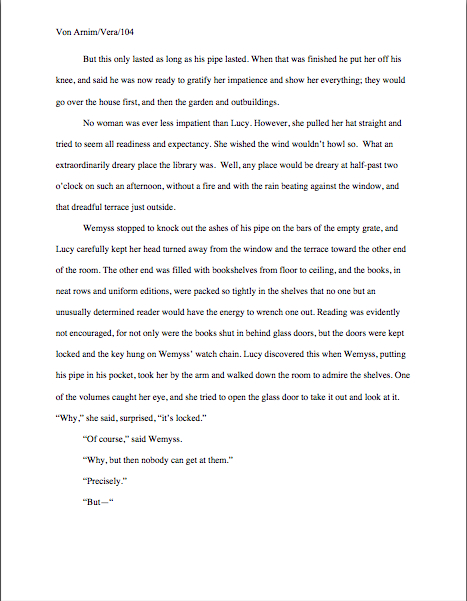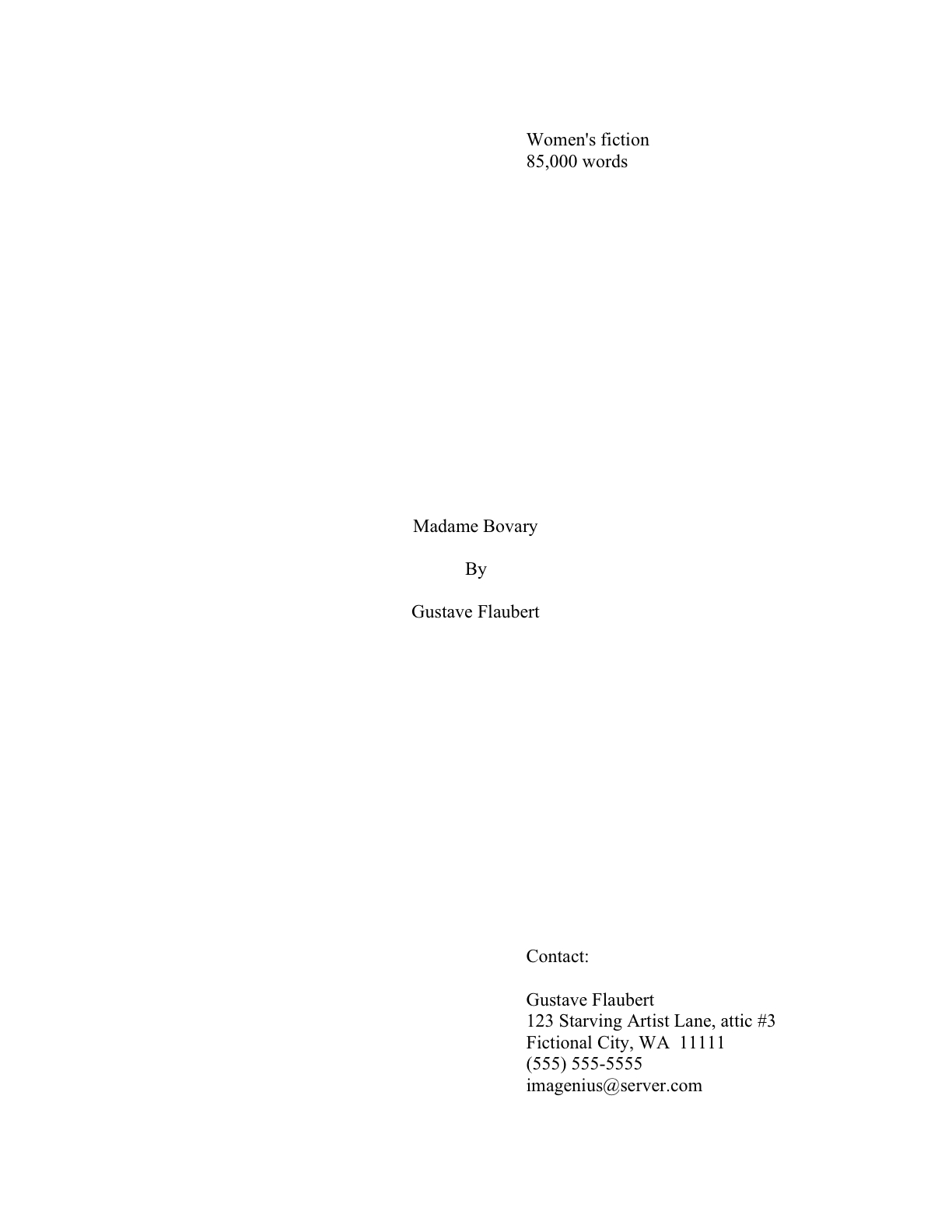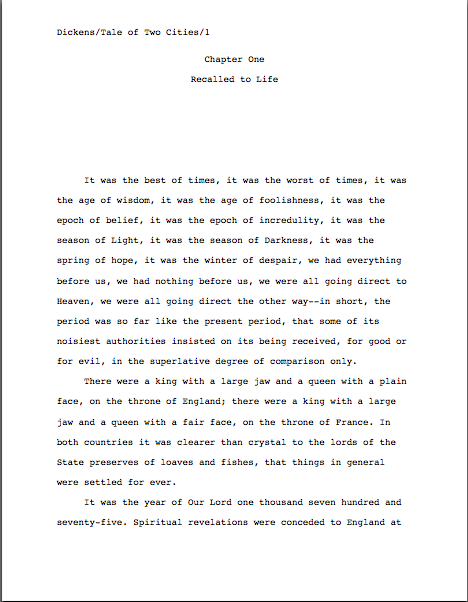
Does that large-scale collective whimpering I’ve been hearing over the last week, a sort of humanoid version of a slightly rusted machine cranking gears in stasis back into unaccustomed action, mean that many of you have leapt back into action and are laboring feverishly to send out queries and pop those long-requested materials into the mail? Hurrah, if so, because the infamous New Year’s resolution should just about have petered out by now. (If you’re joining us late, half the aspiring writers in North America send out queries and manuscripts within the first three weeks of any given calendar year — and, like other New Year’s resolutions, the impetus to virtue tends to fade before February rolls around.) This is a grand time to be getting those marketing materials out the door.
Since some of you are probably laboring toward that laudable goal this very weekend, this seems like an apt time to remind everyone of something I haven’t mentioned in a while: if you’re planning to query or submit electronically, either via e-mail or through an agency or small publisher’s website, don’t do it between Friday afternoon and Monday at noon.
Stop laughing; I’m quite serious about this. Anecdotal evidence strongly suggests that rejection rates are higher for queries and submissions sent over the weekend.
I’m not talking merely about this particular weekend, mind you, but any weekend, especially those that contain a national holiday on either end. Trust me, you don’t want your e-query or e-submission lost in the weekend’s backlog.
Why avoid weekend submissions, when it’s usually the most convenient time for the writer? For precisely that reason: because weekends are far and away the most popular time for contacting agents, their inboxes are almost invariably stuffed to the gills on Monday morning. If you wait to send off your missive until after lunchtime in New York, you will probably be dealing with a less surly and thus easier to please agent.
Or, more likely, a less overwhelmed screener, a Millicent who has had time to let her scalding-hot latte cool — or possibly be on her second or third — before reading what you sent. That increase in caffeine and concomitant decrease in grumpiness gives your query or submission a slight competitive edge over those that she finds stacked up in her inbox first thing Monday morning, when all she wants to do is weed through them as quickly as humanly possible.
Admittedly, this is often her goal, especially with queries, which routinely arrive at any well-established agency by the truckload. But as the Carpenters so often whined back in the 1970s, rainy days and Mondays always get her down.
That being said, shall we get on with the many, many reasons she is likely to reject a submission on page 1, so you can start prepping to send out that electronic submission come Tuesday? I’m going to keep this short today, so those of you using checking here at Author! Author! as a break in your marketing-prep endeavors may get right back to work.
As the saying goes (or should, at any rate), no rest for the weary, the wicked, and the agent-seeker.
As you may have noticed over the course of this series, most of the professional readers’ pet peeves we’ve been discussing are at the larger level — paragraph, conception, pacing, choosing to include a protagonist with long, flowing red hair, etc. — but today’s subsection of the list falls squarely at the sentence level:
55. Took too many words to tell us what happened.
56. The writing lacks pizzazz.
57. The writing is dull.
58. The writing is awkward.
59. The writing uses too many exclamation points.
60. The writing falls back on common shorthand descriptions.
61. Too many analogies per paragraph.
Most of these are fairly self-explanatory, but I want to zero in on a couple of them before I talk about sentence-level red flags in general. Objection #55, took too many words to say what happened, is to a great extent the offspring of our old friend, the thirty-second read, but to professional eyes, text that takes a while to get to the point is not problematic merely because Millicent has to wait too long to see the action in action. To an agent or editor, it is a warning signal: this is probably a book that will need to be edited sharply for length.
Translation: this manuscript will need work.
As we have learned over the course of this series, your garden-variety NYC-based agent would much, much rather that any necessary manuscript reconstruction occur prior to their seeing the book at all, so spotting even a quite beautifully-written submission that takes a while to warm up is a major red flag for them. In fact, it is likely to send them screaming in another direction.
Which is a pity, especially for the large contingent of writers enamored of either most books written before 1920 or quite a lot of the literary fiction still being published in the British Isles, which often take pages and pages to jump into the story proper. Many’s the time that I’ve picked up a volume that’s the talk of London, only to think, “This is lovely, but Millicent would have ben tapping her fingers, toes, and anything else that was handy four pages ago, muttering under her breath, ‘Will you please get on with it?’”
This should sound at least a trifle familiar from last time, yes? US-based agents tend to prefer books that start with action, not character development for its own sake, even in literary fiction. And I’m not necessarily talking about CGI-worthy fireworks, either: for the purposes of literature, conflict is action.
Which means, in practice, that even an unquestionably gorgeous 4-page introduction that deftly situates the protagonist with respect time, space, social status, costume, dialect, educational level, marital status, voting record, and judgment about whether ice dancing is too harshly judged in the Olympics is less likely to be read in its entirety than a substantially less stylistically sound scene that opens mid-argument.
I know; it’s limiting. But being aware of this fact prior to submission enables the talented writer with the 4-page opening to move it later in the book, at least in the draft she’s marketing, and open with an equally beautiful conflict, right? As I’ve said many, many times before: a manuscript is not set in stone until it’s set in print, and not always even then.
Translation: you can always change it back after the agent of your dreams signs you, but that can’t happen unless you get your book past Millicent first.
To be fair, her get on with it, already! attitude doesn’t emerge from nowhere, or even the huge amounts of coffee, tea, and Red Bull our Millicent consumes to keep up with her hectic schedule. Just as most amateur theatrical auditions tend to be on the slow side compared to professional performances, so do most submissions drag a bit compared to their published counterparts.
Sorry to be the one to break that to you, but the tendency to move slowly is considerably more common in manuscript submissions than an impulse too move too fast. As in about 200 to 1. Millicent often genuinely needs that coffee.
Also, because so few submissions to agencies come equipped with a professional title page, most screeners will also automatically take the next logical (?) step and assume that a prose-heavy first page equals an overly long book. (Interestingly, they seldom draw the opposite conclusion from a very terse first page.) See why it’s a good idea to include a standard title page — if you are not already aware of the other good reasons to do this, please see the TITLE PAGE category at right — that contains an estimated word count?
In short, it is hard to over-estimate the size of the red flag that pops out of an especially wordy first page.
And in answer to the question that half of you mentally howled at me in the middle of the last paragraph about how long is too long, it obviously varies by book category and genre, but for years, the standard agents’ advice to aspiring writers has been to keep a first novel under 100,000 words, if at all possible.
That’s 400 pages in standard format, Times New Roman.
Before any of you start rushing toward the COMMENTS function below to tell me that you asked an agent at a recent conference about your slightly longer work, and she said rather evasively that it was fine, 60,000 – 110,000 words is fairly universally considered a fine range for a novel. (This is estimated word count, of course, not actual; if you do not know why the pros figure it this way, or how to estimate the way they do, please see WORD COUNT at right.)
Shorter than 60,000, and it’s really a novella, which would usually be packaged with another work (unless the author is already very well-established); longer than 110,000, and it starts becoming substantially more expensive to print and bind (and yes, they really do think about that as soon as they lay eyes on a novel). Do check, though, about the standards in your particular genre and sub-genre: chick lit, for instance, tends to be under 90,000 words, and a quick romp through any well-stocked bookstore will demonstrate that many romances, mysteries, and humor books weigh in at a scant 40,000 – 60,000.
If your manuscript falls much outside that range, don’t despair. Or at least don’t despair until you’ve worked your way step by step through this checklist:
(1) Double-check that it is indeed in standard format (if you’re not positive, please see the MANUSCRIPT FORMATING 101 and STANDARD FORMAT ILLUSTRATED categories on the archive list at right). If the margins are too wide or the font too big (Times New Roman is one of the most space-efficient), those choices can apparently add specious length to a manuscript.
(2) Make sure that you are estimating correctly — actual word count is typically quite a bit higher than estimated. (Again, if you’re unsure, please see the WORD COUNT category at right.) If actual and estimated are wildly different, use the one that’s closest to the target range.
(3) If your word count is well out of range, don’t include the word count in your query letter.
I heard that great big gasp out there; I know that I’m one of the rare online writing advice-givers that recommends this. But frankly, since agents routinely have their clients leave the word count off too-length manuscripts, I don’t see an ethical problem with an omission that will help your work get past the querying stage so it can be judged on the merits of the writing.)
(4) Consider editing for length. If it’s too long to render that feasible, consider chopping the storyline into a pair of books or a trilogy, for marketing purposes. (What was that I said earlier about the possibility of changing it back later?)
(5) If 1-4 fail to solve the problem, you have my permission to panic.
Well, that took us rather far afield from sentence-level red flags, didn’t it? Let’s get back to those proverbial brass tacks.
#59, too many exclamation points and #61, too many analogies are also sins of excess, but the conclusions screeners tend to draw from them are more about their perpetrators than about the books in question.
To a professional reader, a manuscript sprinkled too liberally with exclamation points just looks amateurish: it’s seen as an artificial attempt to make prose exciting through punctuation, rather than through skillful sentences. Since this particular prejudice is shared by most of the writing teachers in North America, agents and editors will automatically assume that such a manuscript was produced by someone who has never taken a writing class.
Not a good one, anyway. And while that is not necessarily a bad thing (they often complain that they see too much over-workshopped writing), they tend, as a group, to eschew writers whom they perceive to still be learning their craft.
Yes, yes: of course, we’re all still learning our craft as long as we live, but to be on the safe side, save the exclamation points for dialogue.
#61, too many analogies, on the other hand, is often the result of having been exposed to too much writing advice. Most of us, I think, had similes and metaphors held up to us as examples of good writing at some point in our formative years, and I, for one, would be the last to decry the value of a really good analogy.
But too many in a row can make for some pretty tiresome reading.
Why, you ask? Well, descriptive flights of fancy are by definition deviations from what’s going on in the moment, right? As such, they can slow down a nice, dramatic opening considerably. Take a gander at this lightly lavender-tinted passage, for instance:
Like a rat in a maze, Jacqueline swerved her panther of a sports car through the Habitrail™ of streets that is South London as if she were being pursued by pack of wolves howling for her blood. Her eyes were flint as she stared through the rain-flecked windshield, as reflective as a cat’s eye at night. She had left her heart behind at Roger’s flat, bloodied and torn; she felt as though she had put her internal organs through a particularly rusty meat grinder, but still, she drove like a woman possessed.”
Now, that’s not a bad piece of writing, even if I do say so myself. The prose isn’t precisely purple, but still, the analogies are laid on with a trowel, not a tweezers.
Taken individually, of course, there is nothing inherently wrong with any of the clauses above, but all in a row, such writing starts to sound a bit evasive. It reads as though the author is actively avoiding describing the car, the streets, or Jacqueline’s feelings per se. To a screener who is, after all, in a hurry to find out what is going on in the book, all of those things that are like other things could provide distraction from what the story is ABOUT.
#60, writing that falls back on common shorthand, could be interpreted as a subsection of the discussion of clichés earlier in this series, but actually, you would have to read an awful lot of manuscripts before you started identifying these as tropes.
Still, tropes they are, radically overused in submissions as a whole. The Idol agents specifically singled out the use of phrases such as, She did not trust herself to speak, She didn’t want to look, and a character thinking, This can’t be happening — all of which are, from a writer’s POV, are simple descriptions of what is going on.
But then, so is the opening, It was a dark and stormy night, right? Many a night has been devoid of significant light, and a significant proportion of them see storms. That doesn’t mean It was a dark and stormy night isn’t the champagne of clichéd first lines.
Or that Millicent doesn’t see pointlessly resentful teenagers, sighing as the sole indicator of protagonist disgruntlement, children growing up too fast, women pressuring men to get married, and men wanting more physical contact than their partners (possibly with those half their partners’ ages) dropped into every third manuscript she sees. To a professional reader, such overused phrases and hackneyed concepts represent wasted writing opportunities.
Yes, they convey what is going on concisely and clearly, but not in a way that hasn’t been done before. Remember, you want an agent to fall in love with YOUR unique voice and worldview, so using the phrases of others, even when apt, is not the best way to brand your work as your own.
Ultimately, though, you should tread lightly around all of today’s objections for strategic reasons, because they imply something to a professional reader that you might not want to convey: because virtually any good first reader would have called the writer’s attention to these problems (well, okay, perhaps not #60), they make it appear as though the screener is the first human being to read the submission. (Other than the author’s mother, spouse, lover, best friend, or anyone else who has substantial incentive not to give impartial feedback, that is, but of that, more next week) To the pros, these mistakes make a submission read like a work-in-progress, not like one that is ready to market.
Uh-oh. Did that red flag just mean that this submission needs further work?
Remember, virtually every agent and editor in the industry perceives him/herself to be the busiest human being on the planet. (Try not to dwell on the extremely low probability of this being true; it will only confuse the issue.) Your chances of impressing them favorably rise dramatically if your work cries out, “I will not make unwarranted inroads onto your time! You can sell me as is!”
Please, I implore you, do not make an agency screener the first impartial reader for your work. Frankly, they just are not going to give you the feedback you need in order to learn how to bring your book to publication. They don’t have — or believe they don’t have– the time.
Acknowledging that you need feedback to bring your work to a high polish does not make you a bad writer; it makes you a professional one who recognizes that there is more going on in a submission that your expressing yourself. It makes you a savvy one who knows that a book is a product to be sold, in addition to being a piece of art.
It also makes you, if I may be blunt about it, a better self-marketer than 98% of the aspiring writers who enthusiastically fulfill their New Year’s resolutions by licking stamps for SASEs on January first, or who will be blithely hitting the SEND button on their electronic queries and e-mails this weekend.
Don’t worry, weary first page-revisers: we’re very close to being done with the rejection reason list. Hang in there, and keep up the good work!
